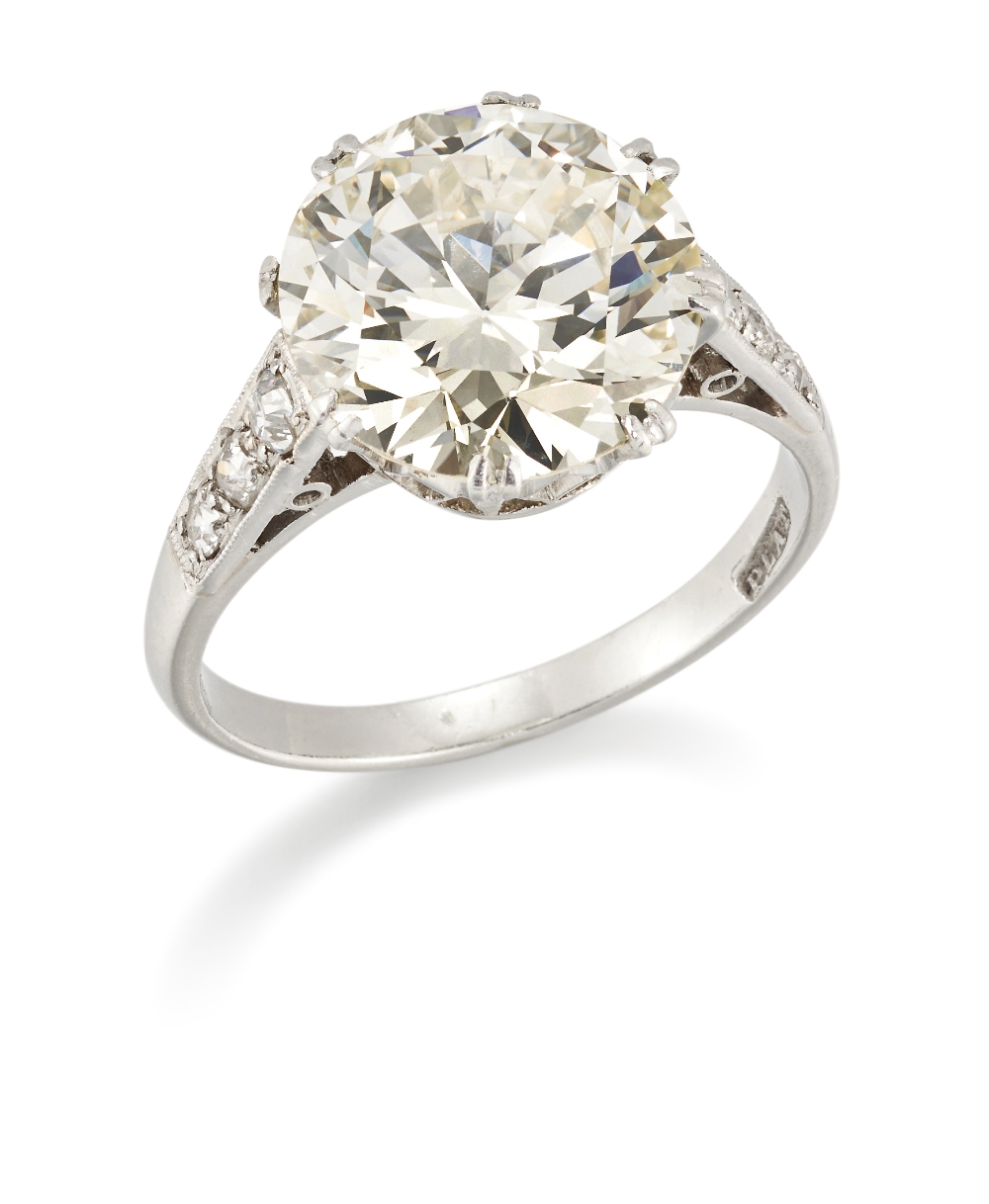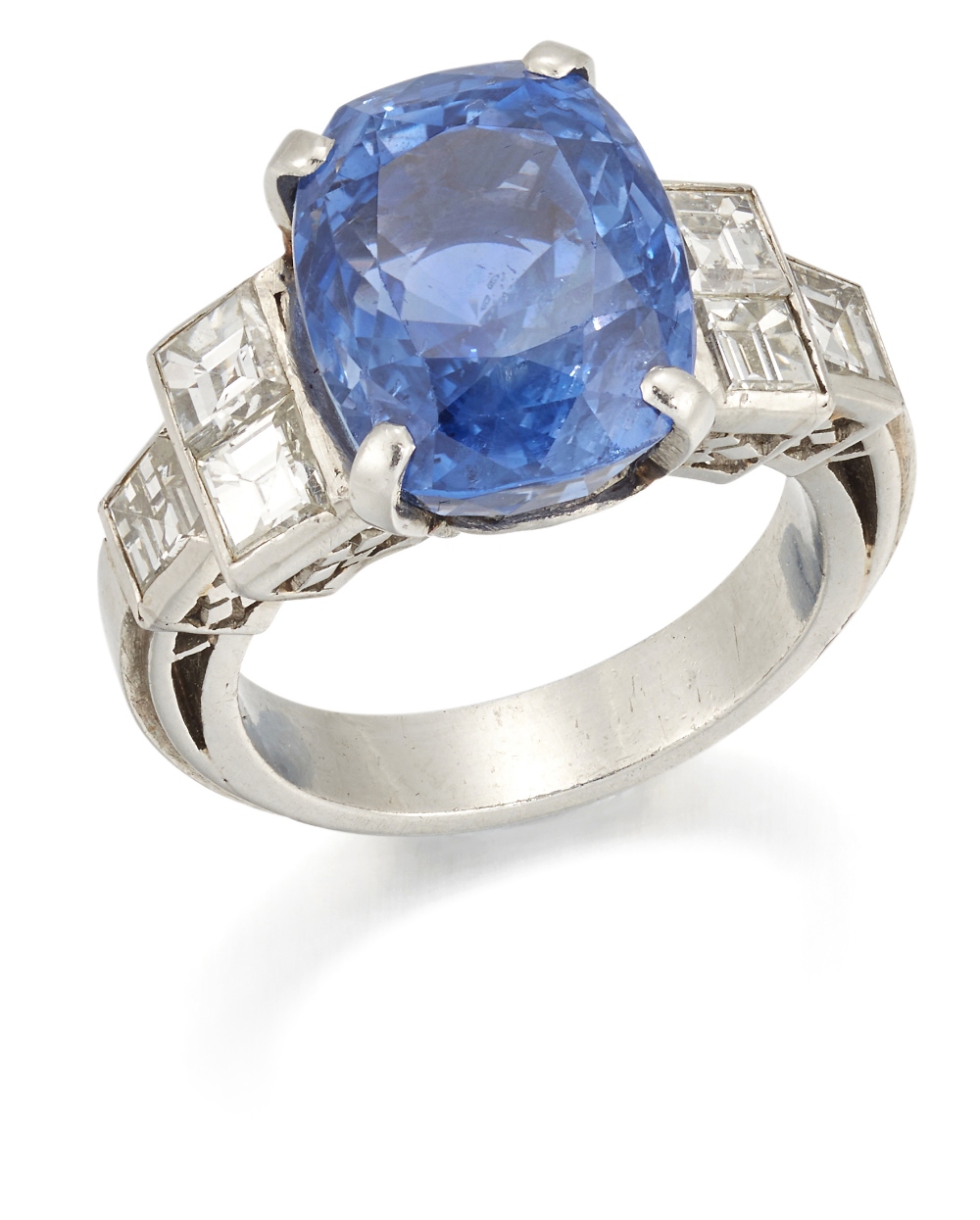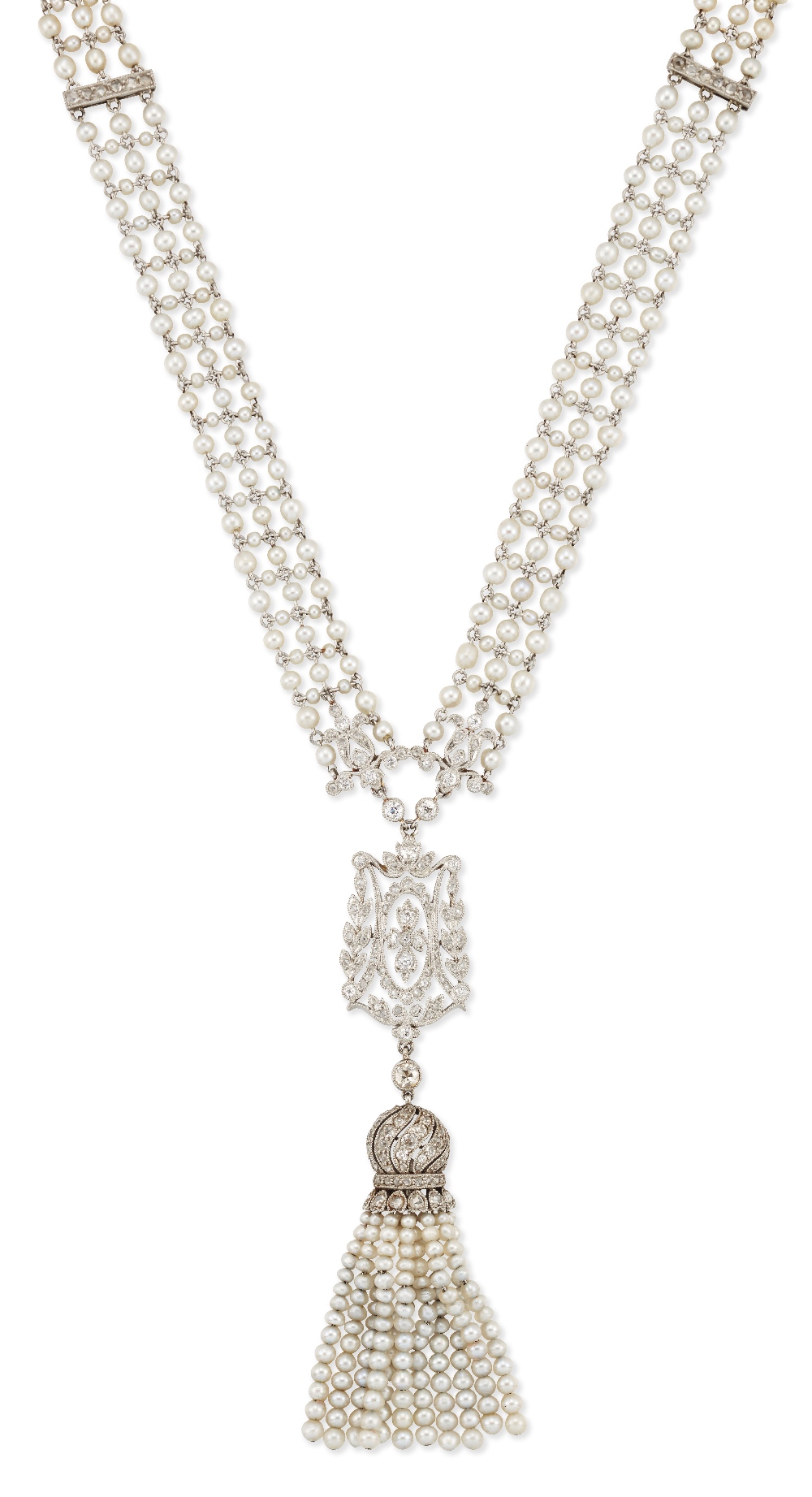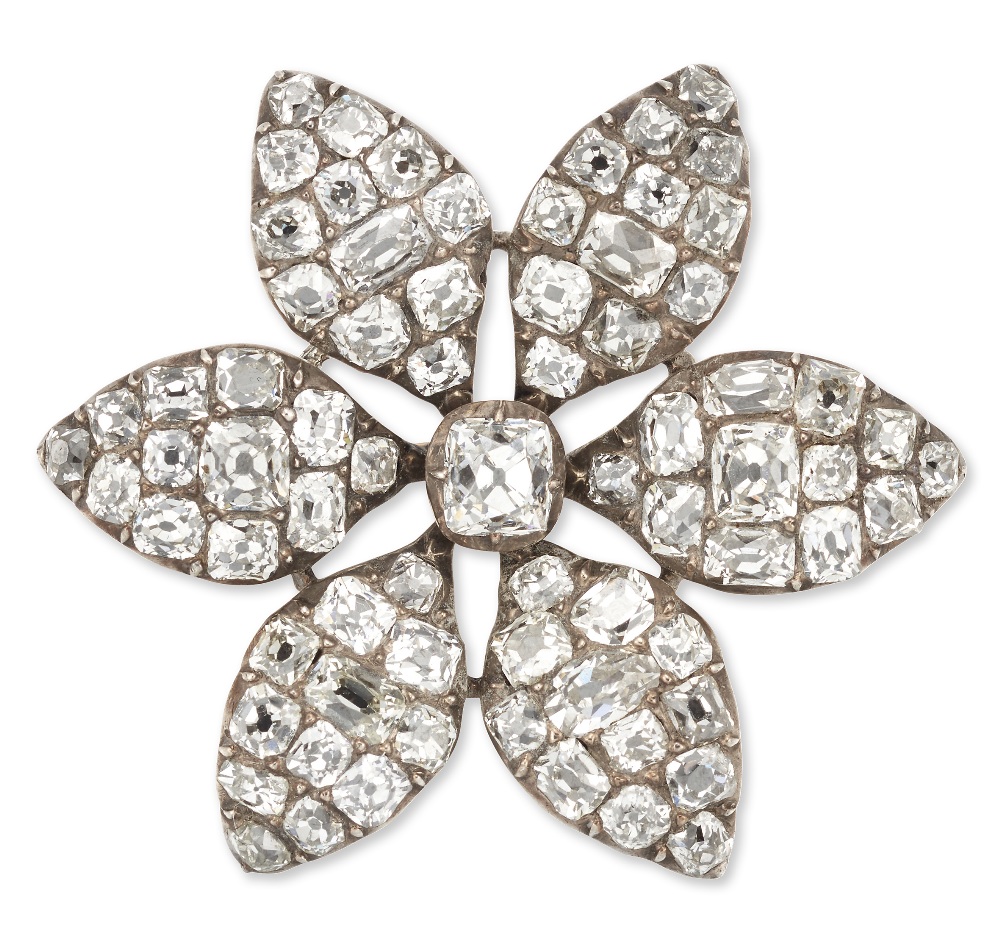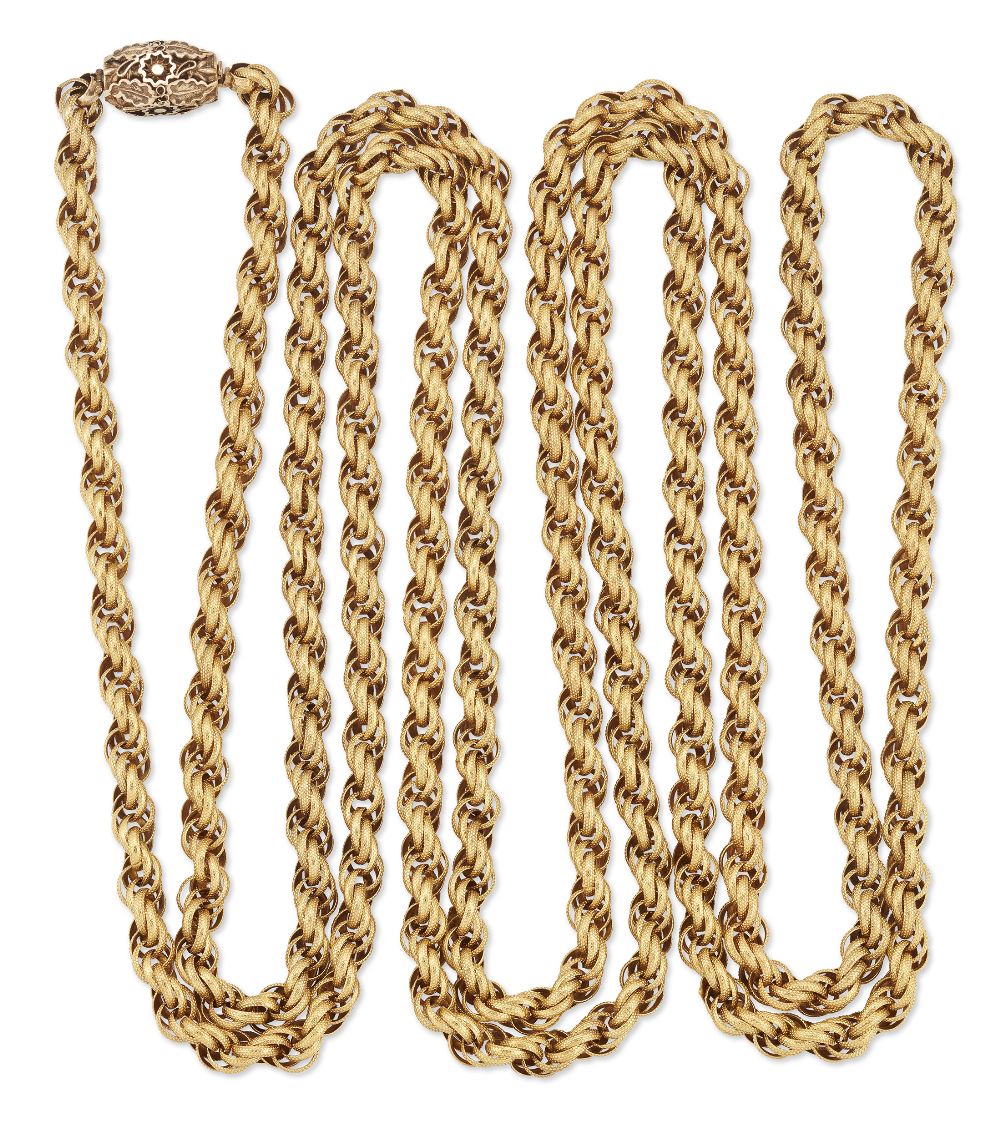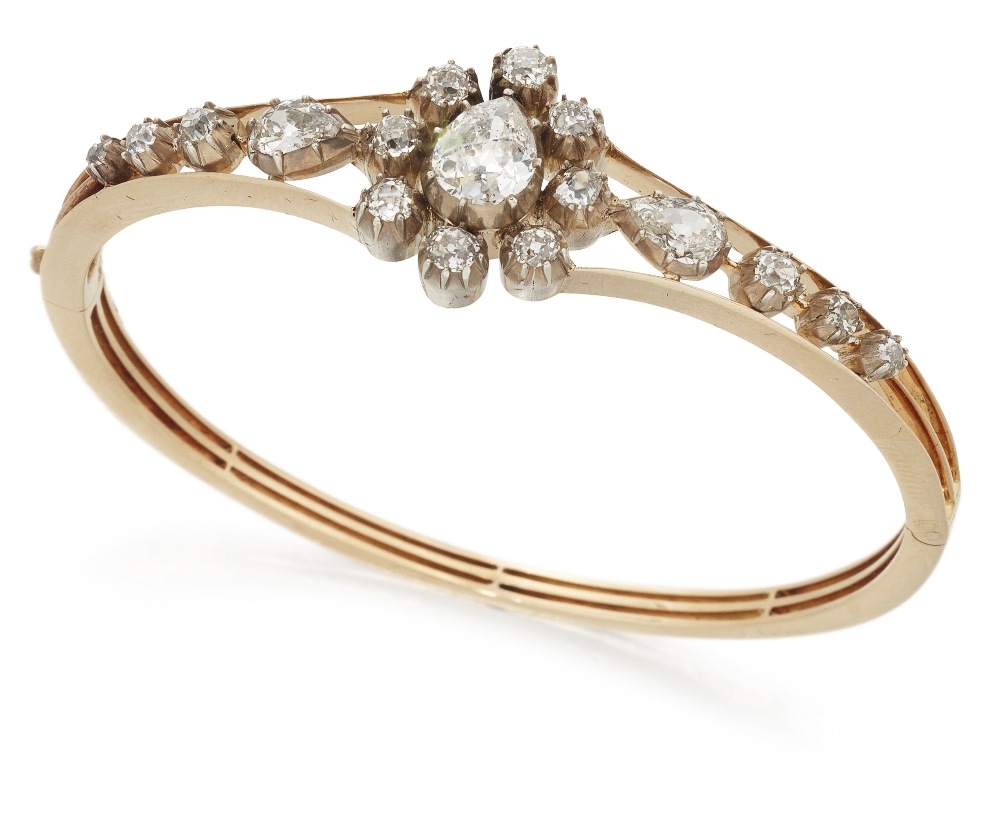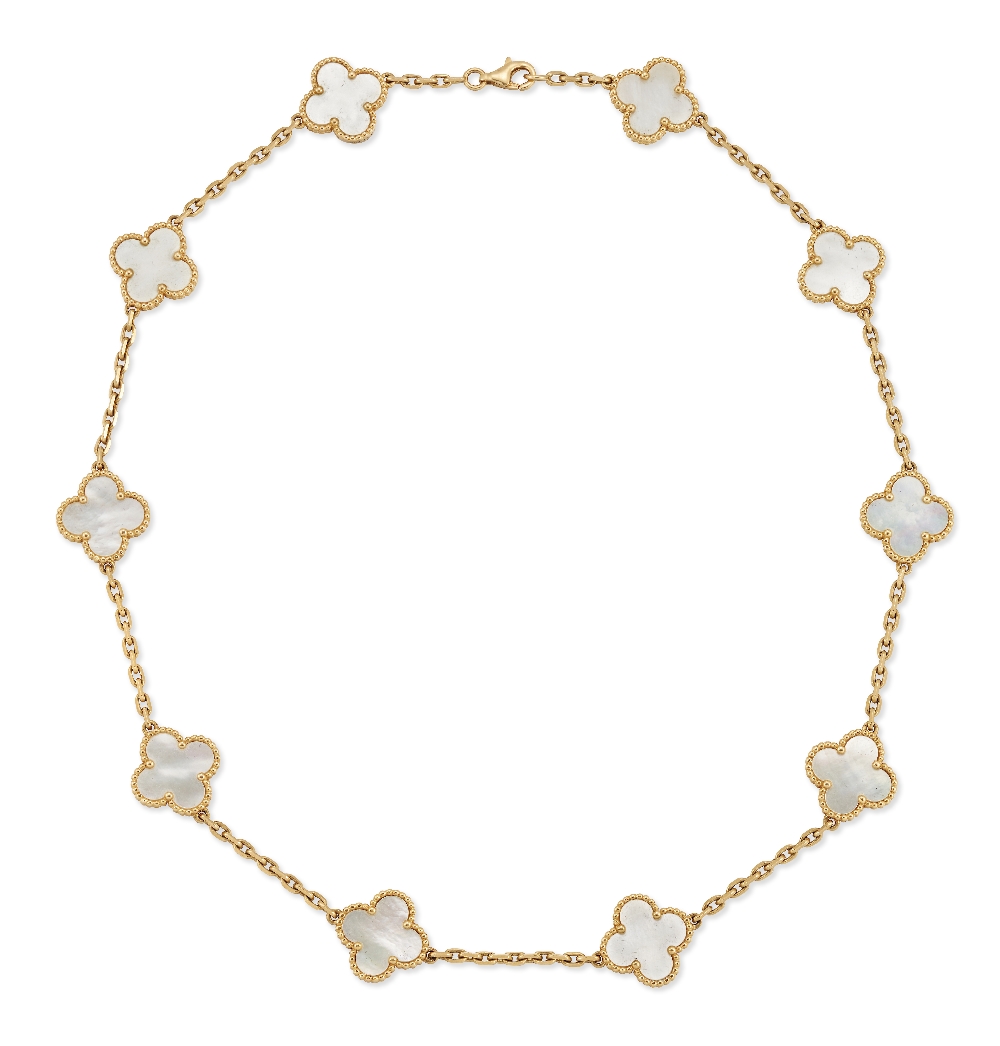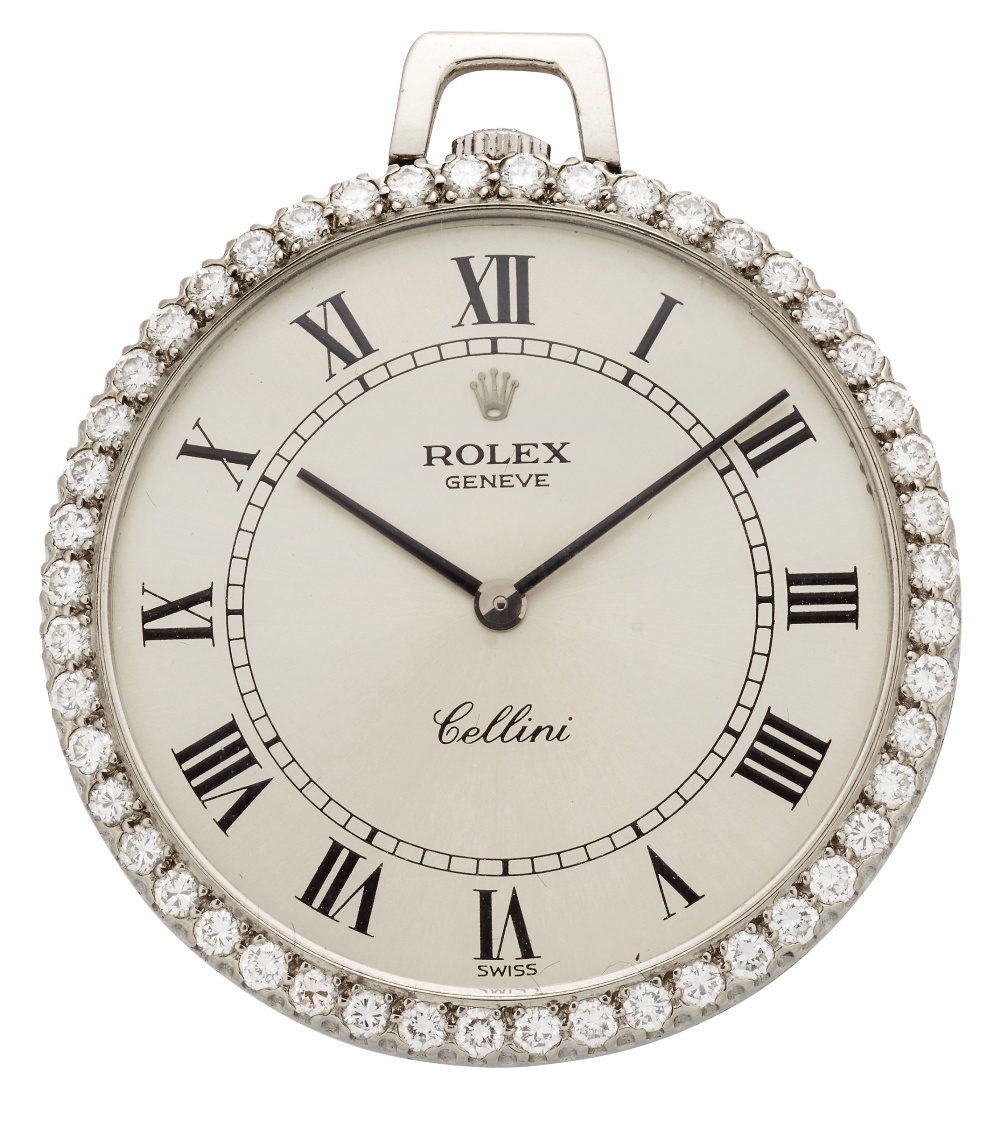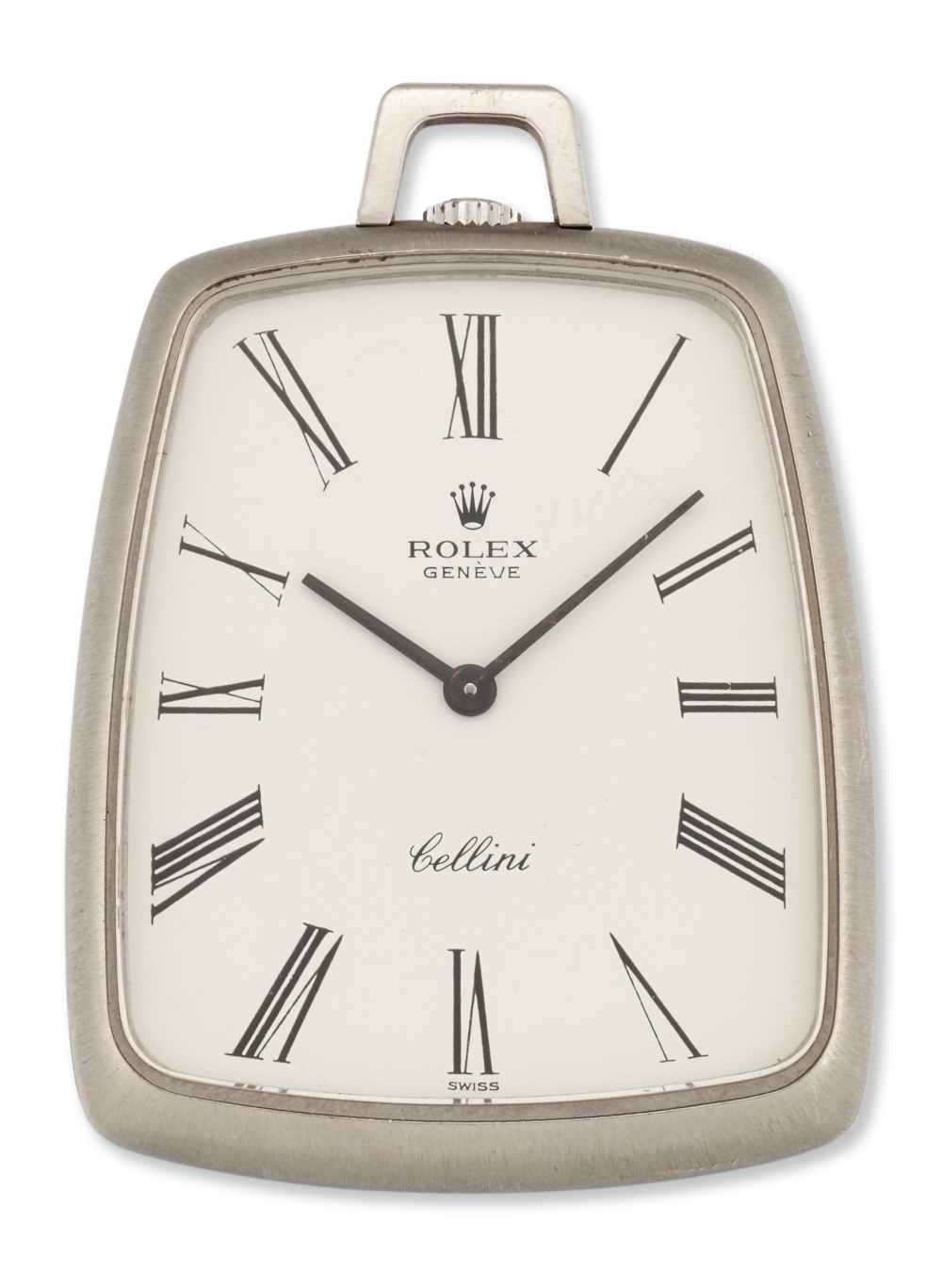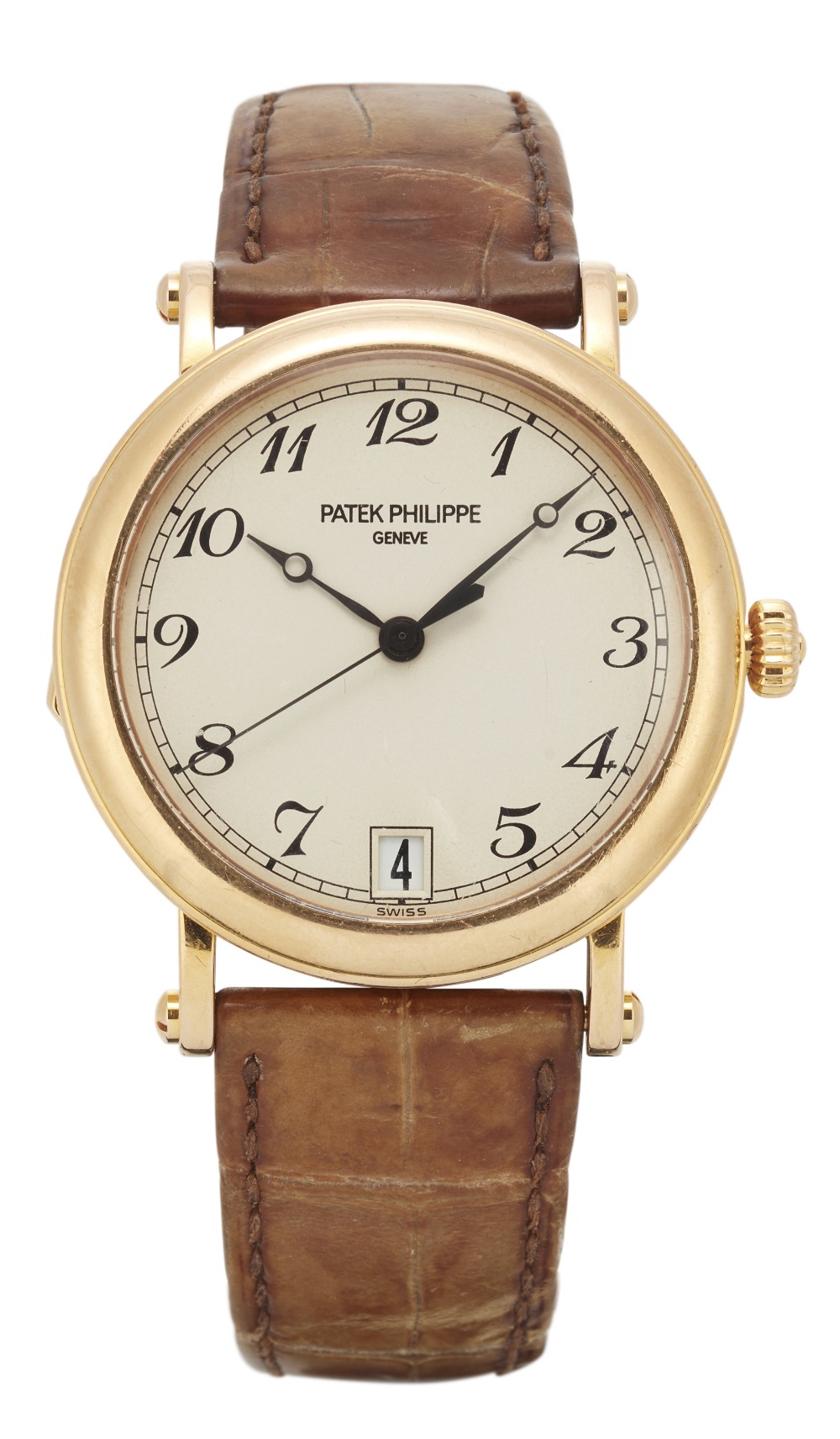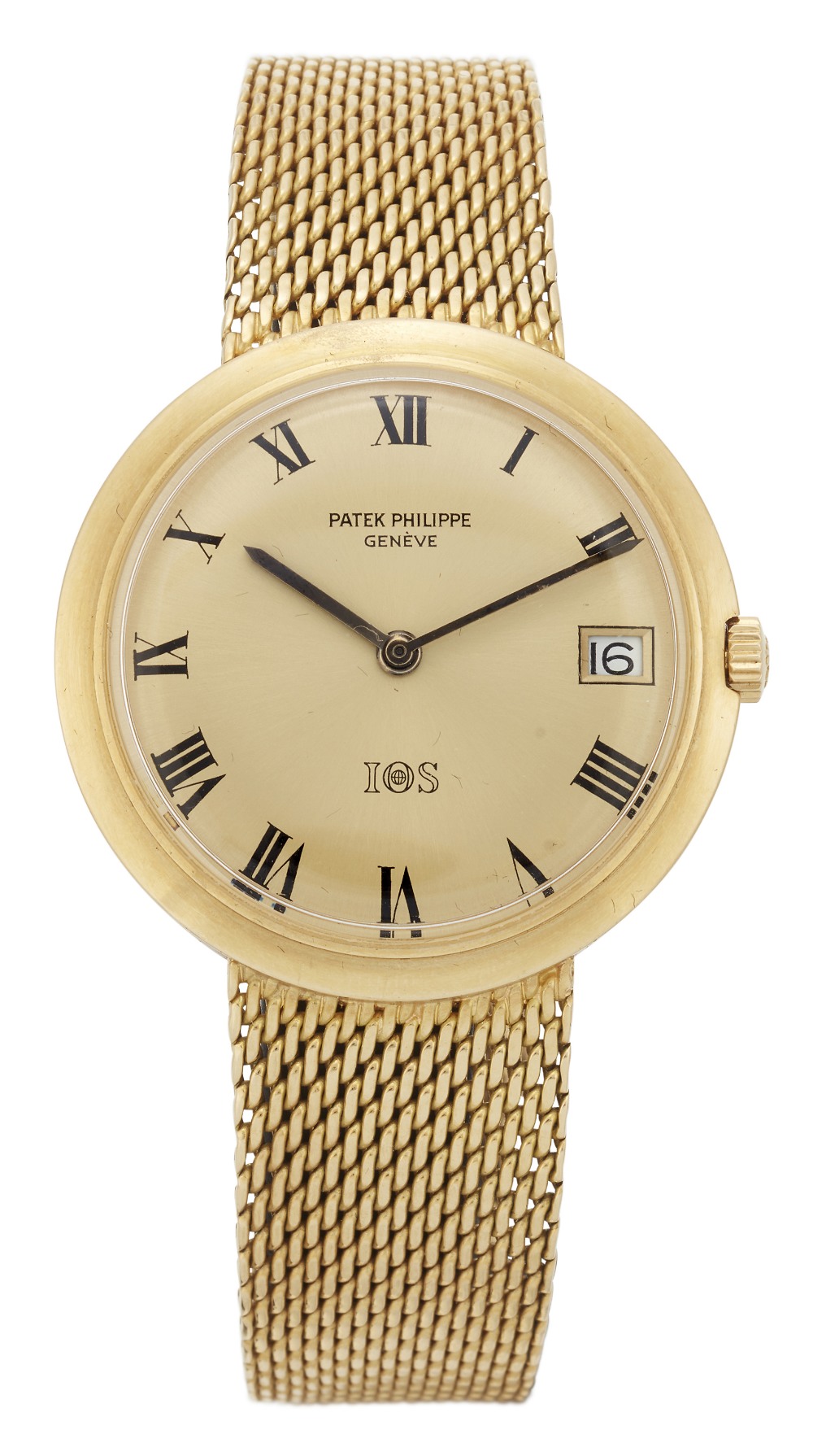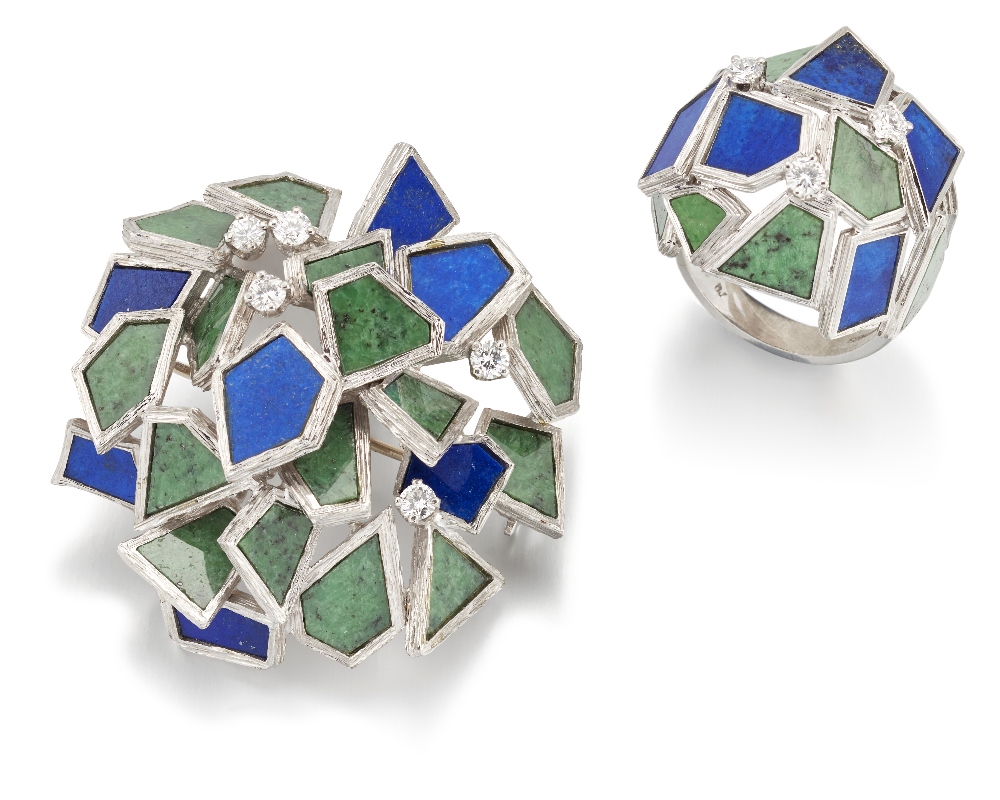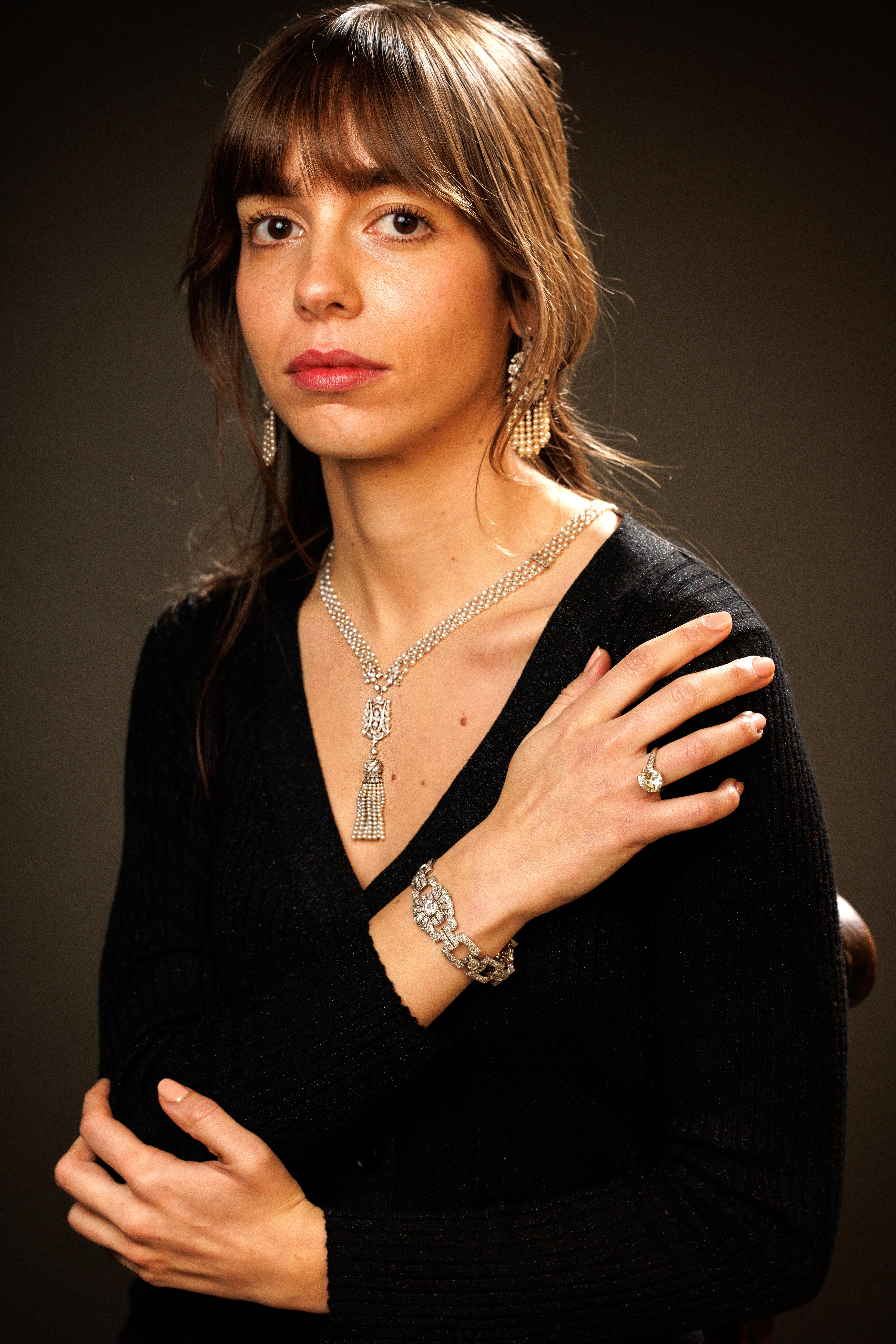
On Tuesday 28th of March, Roseberys are pleased to offer a respectable 420 lots which will include jewellery dating from the 18th century to the present day. Featuring in the sale is a rare collection of Belle Epoque jewellery including two fine sautoirs and several very fine diamond brooches. Also in the sale is a selection of very desirable 70s jewels. The antique section is also strong and includes two diamond cluster bangles each with an original case, as well as various cameos, Victorian gold items and three natural pearl necklaces. The sale will include an impressive list of lots by jewel houses and designers such as Cartier, Van Cleef & Arpels, Bulgari, Tiffany & Co, Kutchinsky, Chanel, Stephen Webster, Chopard, David Morris, Calleija, Shaun Leane, Cassandra Goad, Charles de Temple, Gay Frères, Alan Martin Gard, Georg Jensen, David Anderson, Malcolm Appleby, Julia-Plana, John Hardy, Ben Rosenfeld, and Sheila McDonald.
Lot 420: A platinum diamond single-stone ring
There are several standout highlights of the sale, including lot 420 - the final lot of the sale, a diamond solitaire weighing 5.82 carats. Diamonds over 3.00 carats are in high demand. This stone is an old brilliant cut, in a sympathetic mount. Estimate £40,000 - £50,000.
Also included in the sale is an impressive sapphire and diamond ring. The cushion cut sapphire weighs 13.70 carats. The stone is a rich, well-saturated blue colour and is accompanied by a gemmological report stating that the sapphire’s origin is Sri Lanka (Ceylon), and that the sapphire shows no evidence of heat treatment. Natural colour sapphires of good quality that have had no treatment are rare. The stone is set off by six square cut diamonds. Overall an impressive ring, lot 418 has an estimate of £8,000 to £12,000.
Lot 416: A Belle Époque platinum diamond and pearl sautoir necklace
Another premium item is lot 416, a Belle Epoque platinum mounted pearl sautoir. One of two included in the sale, typical of the elegance of jewels made around the turn of the century. These appear on the market rarely and are desirable and collectable, so we are delighted to have two of these on offer in the sale. Lot 416’s estimate is £6,000 to £8,000.
Lot 413: A George III diamond flowerhead brooch
Leading the antique section of the sale we have a Georgian diamond set brooch, in the form of a stylised jasmine flower head. The brooch is generously set with old mine cut diamonds, which would have been cut by hand during the 18th century. The brooch is lot 413 and is offered with an estimate of £3000-5000
Lot 372: An early 19th-century gold long chain, twisted Prince of Wales links
Lot 372 is a Georgian gold chain, an iconic piece of early 19th-century jewellery, typical of the late Georgian / Regency period. This example is of unusually long length, particularly so because many chains of this type have been broken up and divided between family members. Lot 372 has a £2,000 to £3,000 estimate.
Lot 380: A 19th-century gold and silver diamond bangle, of hinged knife edge bar design
The next highlight is lot 380, a flattering Victorian hinged diamond bangle. The front section is designed as a pear cut and old brilliant cut diamond cluster, complete with its original fitted case, which gives it extra appeal. This bangle’s estimate is £2,000 to £3,000.
Lot 299: Van Cleef & Arpels. A gold mother-of-pearl 'Vintage Alhambra' necklace
There are several impressive necklaces included in the March Jewellery sale at Roseberys. Lot 299 is a mother of pearl Alhambra necklace from Van Cleef & Arpels. It is a classic and timeless design, with an estimate between £5,000 and £7,000. A more contemporary but highly unusual necklace is lot 354. The necklace is composed of cleverly mounted, uncut emerald crystals of good transparency, and - according to an accompanying report - the emeralds originate from Colombia and show no evidence of colour enhancement. The emerald crystals are solidly mounted with gold and diamond set links. Lot 354 has a £1,000 to £1,500 estimate.
Lot 136: Rolex. An 18ct white gold and diamond keyless wind pocket watch
Lot 138:Rolex. An 18ct white gold keyless wind pocket watch
Lots 136 through 138 represent a small collection of 1970s Rolex Cellini pocket watches in an assortment of dial colours. The 1970s saw a huge interest in more decorative and extravagant jewellery and watch designs from many brands. Rolex also tried their hand at this, and launched a diverse range of more decorative watches, naming their production after the Italian goldsmith and sculptor of the 16th century, Benvenuto Cellini. This was quite a significant development for the brand who up until that point has largely produced mainly tool watches. The range is still in production today.
Lot 166: Patek Philippe. An 18ct gold automatic calendar wristwatch
Also featured in the sale are a range of several interesting Patek Philippe piece, including the reference 5053R Calatrava (lot 166), nicknamed the ‘Officer’s watch’, so called because of its distinctive hinged case back, screwed lugs, large crown and Breguet style dial, all design queues taken from military watches of the 1st World War. Lot 166 has a £10,000 to £15,000 estimate.
Lot 167: Patek Philippe. An automatic calendar bracelet watch made
We also have a Patek Reference 3565/1 bracelet watch (lot 167), made only between 1968 to 1971 and produced by Patek Philippe especially for the doomed financier Bernie Cornfeld and his company, ‘Investors Overseas Service’ (IOS) as a corporate incentive gift for his associates when they hit $1 million in sales. Lot 167 has a £3000-5000 estimate. We are also pleased to have an elegant and fully signed Patek Philippe pocket watch (lot 141) from 1920 in full hunter case, with an estimate of £1,800 - £2,200.
Lot 353 is an Augustin Julia-Plana ring and brooch suite with a £500 to £700 estimate. Augustin Julia-Plana was born in Mataro, near Barcelona, in 1934. In his youth, he was a talented track and field athlete, and in 1954 was the Spanish 4 x 400m relay champion. After military service, he attended art school and then decided to go abroad to pursue his career. In 1963 he joined the Swiss jewellers Simon Schlegel, in Bern, before formally partnering with Schlegel in 1968 as Schlegel & Plana. Julia-Plana and Schlegel enjoyed a successful partnership together, designing and producing jewels for a number of established European firms, amongst them the French firm of Aldebert, and the Dutch firm of Bonebakker, as well as for watch firms such as Clerc and Yves Saint Blaise. They also counted fashionable women of high society amongst their clients, with Princess Soraya of Iran reportedly being a patron. Julia-Plana was known for using unusual materials in his designs, such as wood, meteorite, maw sit sit, and oxidised iron, selecting materials for their innate beauty rather than monetary value. He won a number of awards in the course of his career, including multiple German jewellery awards, and four Diamonds International Awards. The De Beers Diamonds International Awards, which began in 1954, was considered the ‘Oscars’ of the jewellery industry and rewarded beauty, originality and imaginative use of materials. Julia-Plana won his first Diamonds International Awards in 1965, for a ‘V’ shaped bracelet of structured gold links decorated with diamonds, and won the award a second time in 1967, for a bracelet of shell shaped links, set with diamonds, rubies, sapphires and emeralds. In 1969 he won the award for two separate designs, one ring set with diamonds and lapis lazuli cubes, and one brooch with tiger’s eye plates and diamonds (in a similar design to that of the brooch in this lot), and in the same year gained membership of the Diamonds International Academy, joining fellow designers such as Andrew Grima and Albert Gilbert. Julia-Plana tragically died at the height of his career in 1979, at age 45, of heart failure.


